|
March 16, 2008
HPWREN creates a project summary video for NSF
The HPWREN team and its collaborators created a high-definition
video, requested by the National Science Foundation, which summarizes some
of the project, and its interdisciplinary and multi-institutional
nature. Since the request was for a short version, the duration is just
over six minutes, and could only include a subset of HPWREN
applications. A low-resolution Flash version is available at:
/videos/20080315_NSF_HPWREN_video/20080315_NSF_HPWREN_video.swf
Individual clips include:
|
Title slide for the video
|
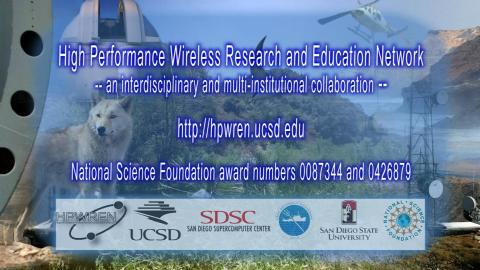
|
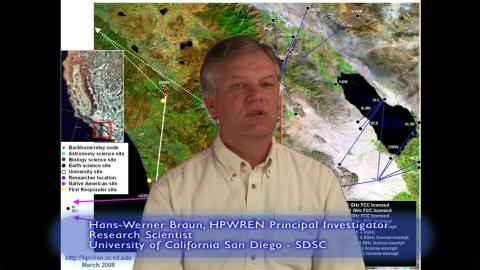
|
Hans-Werner Braun
|
|
James Hale
|
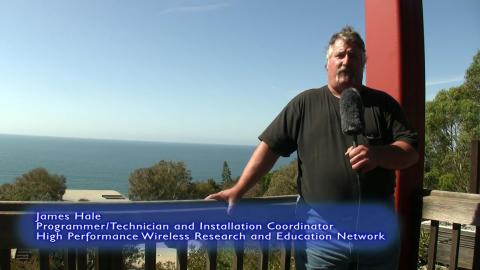
|
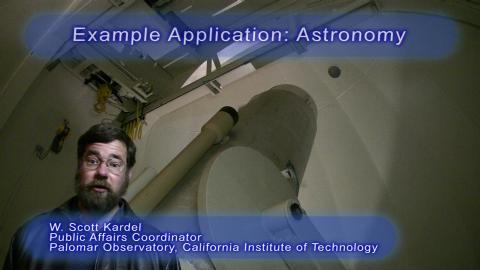
|
W. Scott Kardel
|
|
Patrick Valentino
|
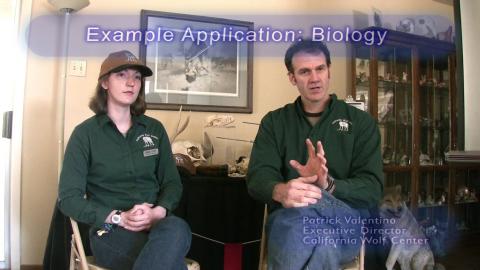
|
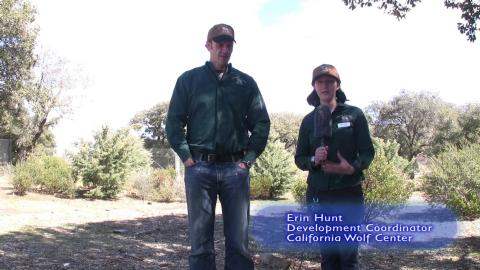
|
Erin Hunt
|
|
Susan Teel
|
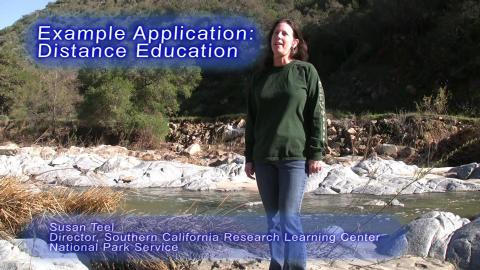
|
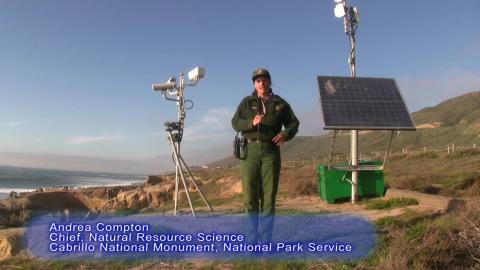
|
Andrea Compton
|
|
Frank Vernon
|
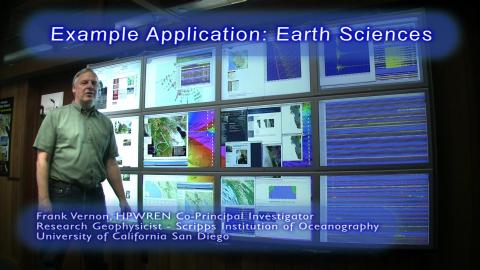
|
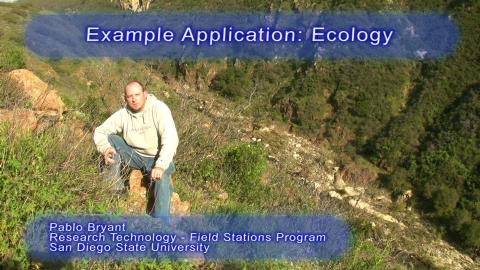
|
Pablo Bryant
|
|
Ron Serabia
|
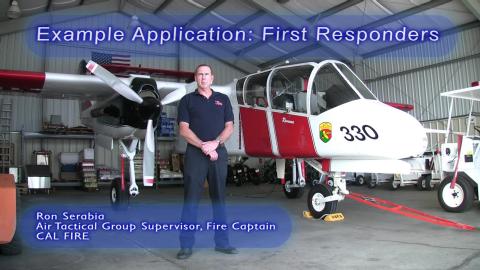
|
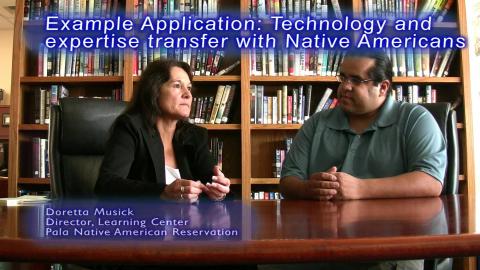
|
Doretta Musick
|
|
Michael Peralta
|
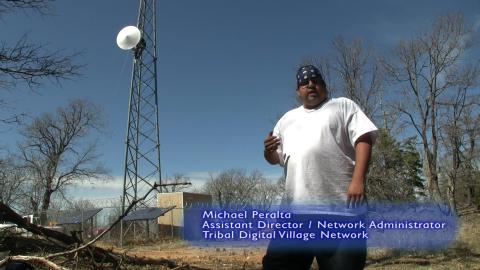
|
Summary description:
The High Performance Wireless Research and Education Network
(HPWREN)
is a National Science Foundation funded network research project,
which also functions as a collaborative interdisciplinary and
multi-institutional cyberinfrastructure for
research, education, and first responder activities. The program
includes the creation, demonstration, and evaluation of a
non-commercial,
prototype, high-performance, wide-area, wireless network in San
Diego, Riverside, and Imperial counties.
The network encompasses backbone nodes located at the University
of California San Diego and San Diego State University campuses as
well as a number of hard-to-reach areas in remote environments.
The HPWREN backbone itself operates primarily in FCC-licensed radio
spectrum, with project researchers using off-the-shelf technology
to create a redundant topology. Access links often utilize licensed
or license-exempt radios.
The network spans from the southern California coast to the inland
valleys, on to the high mountains (reaching more than 8700 feet),
and out to the remote desert. The network's longest link is 72 miles
in distance, reaching from the San Diego Supercomputer Center at
UCSD to San Clemente Island.
"For the past almost eight years, the project team has been working
on developing solutions for the technological needs of hard-to-reach
communities ranging from educators at rural Native American
reservations to astronomers at remote observatories and field
scientists at ecological reserves," explains Hans-Werner Braun,
HPWREN principal investigator. "The HPWREN program also collaborates
with rural firefighters, providing them with opportunities to
experiment and utilize new technologies available for remote data
transmission in areas that are often difficult to reach."
HPWREN is based on work funded by the National Science Foundation
under Grant Numbers 0087344 and 0426879, with more information
available at /.
A news update section includes summaries regarding the research,
education, and public safety activities discussed in this video.
Project Partners and Collaborators include:
Advanced National Seismic System
California Conservation Corps
California Department of Forestry and Fire Protection (CAL FIRE)
California Institute of Technology
California Science Center
California State University Los Angeles
California Wolf Center
Jet Propulsion Laboratory
La Jolla Native American Reservation
Lawrence Berkeley National Laboratory
NASA Satellite Laser Ranging Program
National Oceanic and Atmospheric Administration
National Park Service
Navajo Technical College
Pala Native American Reservation
Rincon Native American Reservation
San Diego County Sheriff's Department
San Diego State University
Santa Rosa Native American Reservation
Tribal Digital Village Network
UNAVCO
United States Coast Guard
United States Forest Service
United States Geological Survey
United States Navy
University of California Riverside
University of California San Diego
University of California Santa Barbara
Yale University
Major related projects benefiting from HPWREN:
EarthScope: USArray and Plate Boundary Observatory
Incorporated Research Institutions for Seismology (IRIS)
National Ecological Observatory Network (NEON)
Network for Earthquake Engineering Simulation (NEES)
Ocean Observatories Initiative (OOI)
Southern California Earthquake Center (SCEC)
Southern California Coastal Ocean Observing System (SCCOOS)
 back to top
back to top
 back to HPWREN news
back to HPWREN news | 












